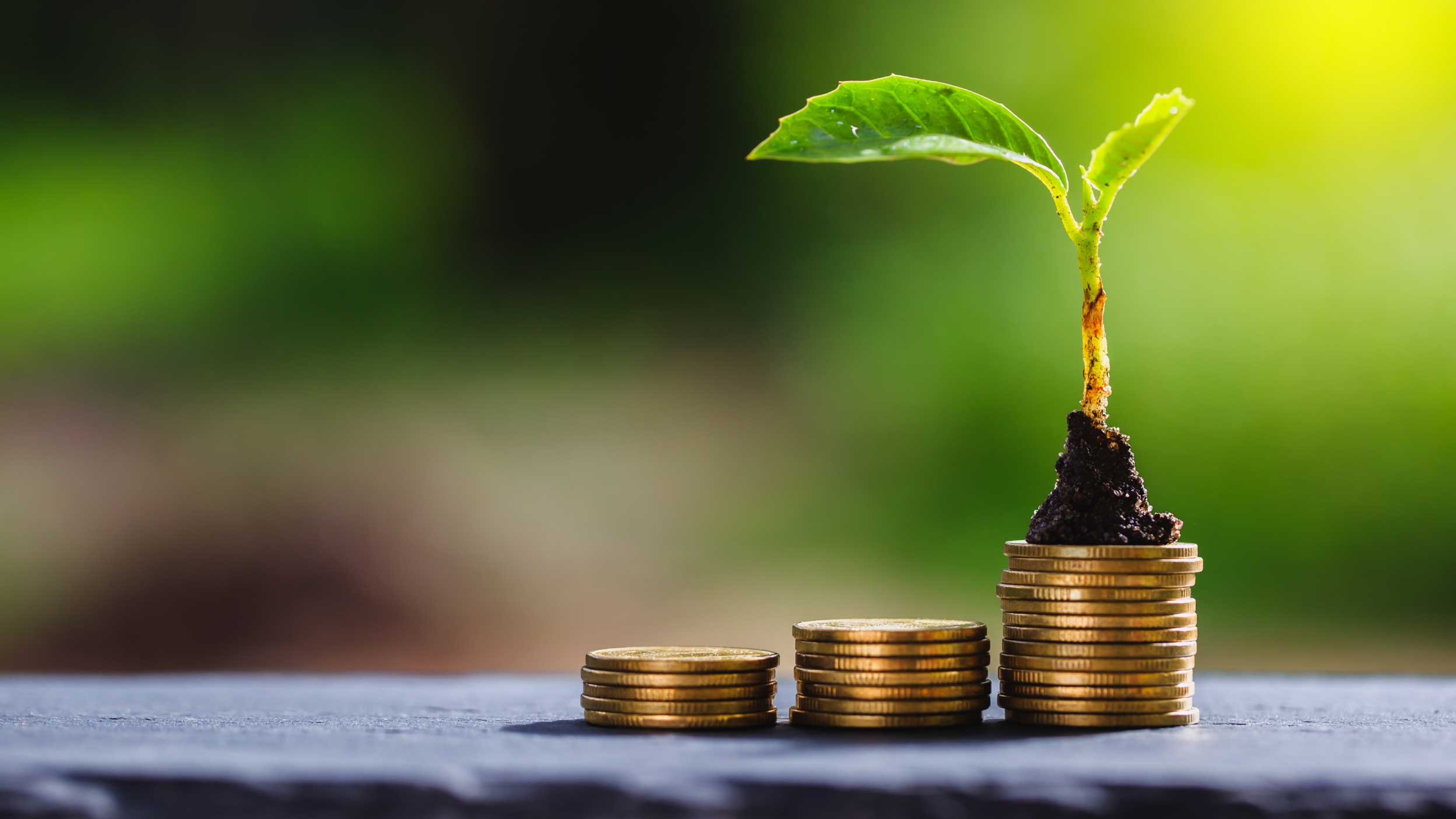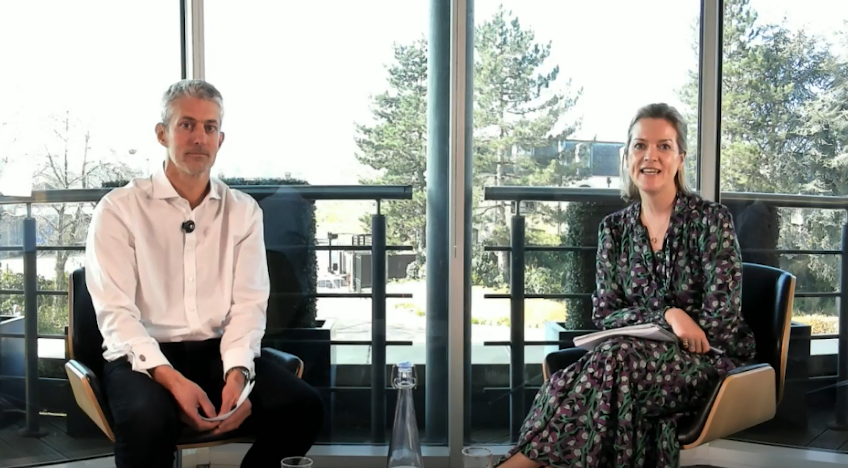The formal adoption of the word ‘Transition’ by regulators will be important. It will make a clear delineation between those sustainable investment strategies that invest in already clean businesses and those who want to facilitate the decarbonisation journeys of high emitting companies.
What is Transition and how do we approach it?
A Transition mindset is the acceptance that greener pastures can only be reached by first wading through the shades of brown. Transition investing is managing a portfolio that is helping change the status quo.
Our Transition approach is built on engaging with the largest emitters and a focus on like-for-like absolute emission reduction. We do not believe the equity market should be rewarding divestments or putting too much emphasis on carbon intensity KPIs.
The biggest obstacle to Transition investing has been data quality.
Sustainable emission disclosures are improving
Scope 1 and 2 emission disclosures have improved considerably in recent years. The laggard has been Scope 3. Fortunately, as we’ve been getting into the weeds when building our bottom-up emissions models, we’ve seen progress accelerate.
Better input data allows corporates to give more granular disclosures. We’ve seen the first instance of a company giving guidance on current year emissions. As data and disclosure improves, more emphasis will be put on forecasting future emissions.
How do we forecast absolute emissions today?
There are no third-party data providers offering forward looking emission estimates yet. We believe this is therefore a key differentiator in our process. We have annual estimates out to 2030 for 30 high emitters, 18 of which we own. In aggregate, they account for 76% of the benchmark’s emissions.
Modelling the large emitters helps us assess their ability to deliver on their decarbonisation targets. We can compare our estimates to the company targets, as seen in the example below.






